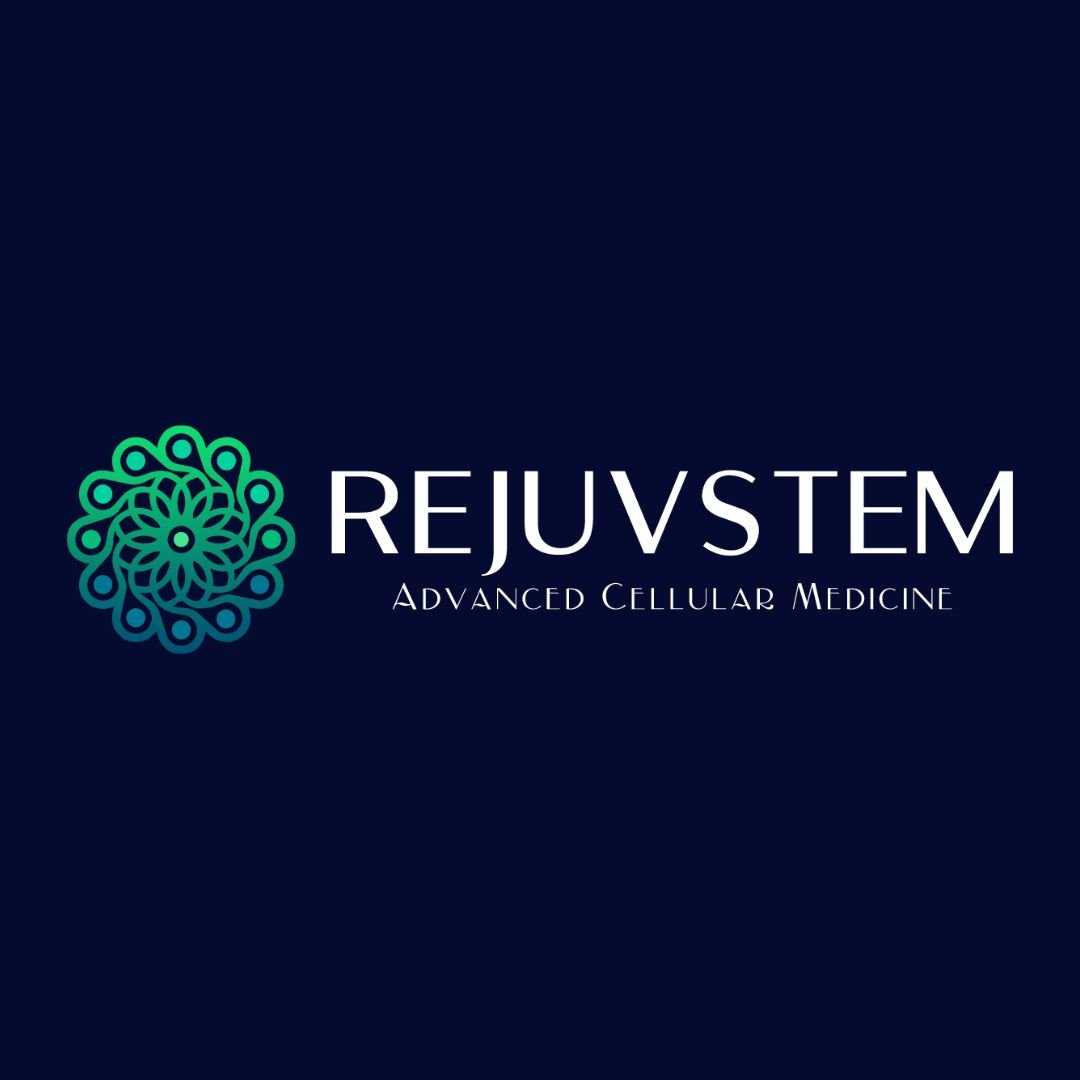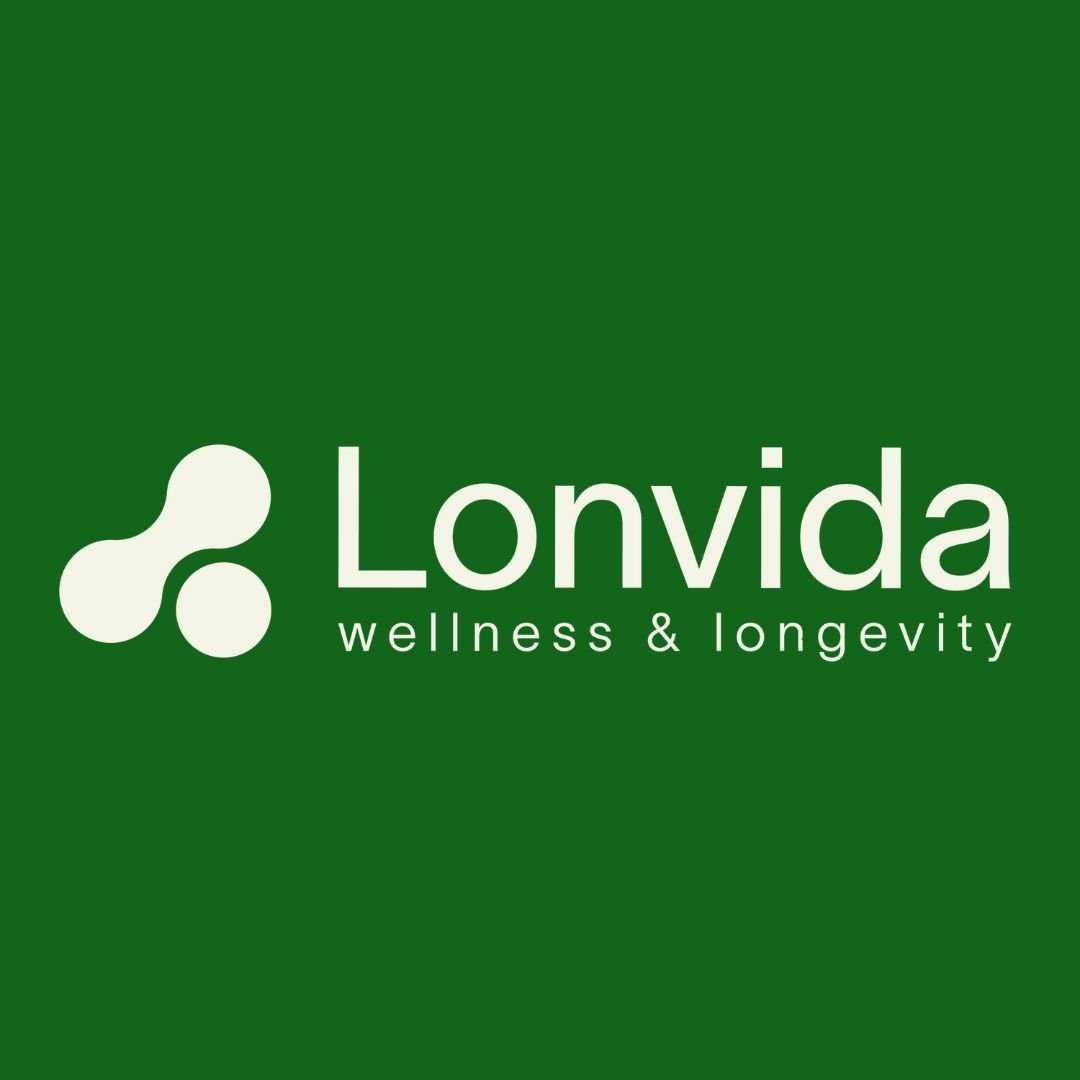Guide to Stem Cell Treatment Costs for Degenerative Diseases in Mexico
.jpg)
When considering advanced medical treatments, especially for challenging conditions like degenerative diseases, many individuals look beyond their home country for options that are both effective and affordable.
Mexico has emerged as a prominent destination for medical tourism, particularly for stem cell treatments. If you're exploring this path, a crucial question likely on your mind is: "What is the cost of stem cell treatment for degenerative diseases in Mexico?"
The answer isn't always straightforward, as pricing can vary significantly based on numerous factors. However, generally speaking, stem cell therapy in Mexico offers a more accessible price point compared to countries like the United States or Canada, without necessarily compromising on quality.
This comprehensive guide aims to shed light on the costs involved, what influences them, and what you should consider when planning your treatment journey.
What is the average cost of stem cell therapy for degenerative diseases in Mexico?
The cost of stem cell treatment in Mexico for degenerative diseases is highly variable, reflecting the personalized nature of these therapies. For a single treatment course, patients can expect a wide spectrum of prices.
While some basic treatments might start around $5,000, more complex protocols involving multiple sessions, higher cell counts, or specialized cell types can easily reach $15,000 to $25,000 or even more.
Several elements contribute to this price range. The specific degenerative disease being treated plays a significant role; for instance, treating advanced neurological conditions might require a more intensive and therefore more expensive protocol than treating localized joint pain.
Furthermore, the type of stem cells used—whether autologous (from the patient's own body) or allogeneic (from a donor, often umbilical cord-derived)—and the quantity of cells administered also directly impact the final cost.
Another crucial factor is the reputation and technological sophistication of the clinic. Highly specialized clinics with state-of-the-art labs, advanced cell processing techniques, and internationally recognized medical professionals may charge more for their services.
These costs often reflect the quality of care, safety protocols, and the expertise of the medical team, making it important to balance affordability with quality when making your decision.
Why is stem cell treatment in Mexico more affordable than in the US or Canada?
The significant cost difference between stem cell treatments in Mexico and its northern neighbors, the US and Canada, can be attributed to several economic and regulatory factors.
First and foremost are the lower operational costs within Mexico's healthcare system. This includes everything from real estate and administrative expenses to the salaries of medical staff, which are typically lower than in highly developed countries.
Another major contributor to affordability is the difference in medical malpractice insurance and regulatory burdens. In the US, for example, the high cost of malpractice insurance for doctors and clinics is often passed on to patients through higher treatment prices.
Mexico generally has a different legal landscape with lower associated risks and costs for healthcare providers. Moreover, while Mexico has its own regulatory framework for stem cell therapies, it can be less stringent and less time-consuming for clinics to get treatments approved and offered, which also helps keep costs down.
Lastly, the competitive nature of the medical tourism market in Mexico plays a role. With many clinics vying for international patients, there's an incentive to offer competitive pricing to attract individuals seeking high-quality care at a fraction of the price they would pay at home. This economic dynamic benefits patients by making advanced treatments more accessible.
What factors influence the total cost of stem cell treatment in Mexico?
Understanding the factors that influence the total cost of stem cell treatment is essential for budgeting and making an informed decision.
The primary driver is the specific degenerative disease being addressed. Conditions like severe osteoarthritis might require localized injections, while neurological disorders such as Multiple Sclerosis (MS) or Parkinson's disease often necessitate more systemic and complex protocols, potentially involving intravenous infusions and intrathecal injections, which increases costs.
The type and quantity of stem cells are also critical cost determinants. For example, mesenchymal stem cells (MSCs) derived from umbilical cord tissue are commonly used for their potent regenerative and anti-inflammatory properties.
The number of cells (dosage) administered per treatment can vary significantly, with higher cell counts generally leading to higher prices. Autologous treatments, where cells are harvested from the patient's own body (e.g., bone marrow or adipose tissue), involve a separate collection procedure that adds to the overall cost.
Furthermore, the number of treatment sessions is a major factor. Some degenerative conditions may benefit from a single round of treatment, while others might require multiple sessions spaced out over weeks or months to achieve desired outcomes.
Each additional session naturally increases the total expense. Finally, the clinic's standing, facilities, and included ancillary therapies, such as hyperbaric oxygen therapy, nutritional support, or rehabilitation services, will also contribute to the final price tag.
Does insurance cover stem cell treatment for degenerative diseases in Mexico?
For most patients seeking stem cell treatment for degenerative diseases in Mexico, securing insurance coverage can be a significant challenge.
This is largely because many stem cell therapies, especially those offered outside of clinical trials, are still considered experimental or investigational by major insurance providers in the United States, Canada, and Europe. Insurance companies typically only cover treatments that are FDA-approved (or the equivalent in other countries) and deemed medically necessary within established guidelines.
Furthermore, even if a treatment were approved, cross-border medical care often falls outside the scope of standard domestic insurance policies. Patients would typically need specific international health insurance plans or travel insurance that explicitly covers elective medical procedures abroad, which are rare and often costly.
It's always advisable to contact your insurance provider directly to understand your policy's limitations and inquire about any potential reimbursement options, though expectations for coverage should generally be low.
Therefore, patients considering stem cell treatment in Mexico should be prepared to cover the costs out-of-pocket. Some clinics may offer payment plans or financing options, which can help manage the financial burden. Exploring these possibilities directly with the chosen clinic is recommended to understand all available payment arrangements.
What types of degenerative diseases are treated with stem cells in Mexico?
Mexican clinics specializing in stem cell therapy for degenerative diseases address a broad spectrum of conditions, often focusing on those where traditional treatments have limited efficacy or carry significant side effects.
The regenerative and immunomodulatory properties of stem cells make them a promising option for conditions characterized by tissue damage, inflammation, or immune system dysfunction. Common degenerative diseases treated include:
- Orthopedic Conditions: Osteoarthritis (knee, hip, shoulder), rheumatoid arthritis, chronic joint pain, sports injuries, and spinal degenerative disc disease.
- Neurological Disorders: Multiple Sclerosis (MS), Parkinson's disease, Alzheimer's disease (early stages), cerebral palsy, stroke recovery, and spinal cord injuries.
- Autoimmune Diseases: Lupus, Crohn's disease, and other conditions where immune system modulation is beneficial.
- Chronic Pain Syndromes: Neuropathic pain and fibromyalgia.
While these treatments offer hope, it's crucial to understand that many are still considered experimental.
Clinics in Mexico often use mesenchymal stem cells (MSCs) due to their ability to differentiate into various cell types, secrete growth factors, and modulate immune responses, which can potentially aid in regeneration and reduce inflammation associated with these diseases.
What should be included in a stem cell treatment package in Mexico?
When evaluating stem cell treatment options in Mexico, it's vital to understand what's included in the quoted price. A reputable clinic will provide a transparent breakdown of its treatment packages. Here’s what you should typically expect:
- Initial Consultation and Evaluation: This involves reviewing your medical history, current condition, and conducting a thorough physical examination to determine your suitability for treatment.
- Diagnostic Tests: Essential blood work, imaging (X-rays, MRI), and other specialized tests to accurately assess your condition and tailor the treatment plan.
- The Stem Cell Procedure: This is the core of the package, encompassing the sourcing of stem cells (e.g., umbilical cord blood/tissue processing, or autologous harvesting), cell preparation in a laboratory, and the administration of cells (e.g., intravenous, intrathecal, intra-articular injections).
- Post-Treatment Care: This often includes follow-up consultations, medication if needed, and guidance on recovery and aftercare.
Some all-inclusive packages may also feature additional benefits to support medical tourists, such as airport transfers, local transportation to and from the clinic, and assistance with arranging accommodation. Always clarify these details with the clinic to avoid unexpected costs. Ensure that all aspects of your treatment, from diagnostics to post-procedure follow-ups, are clearly outlined in your personalized treatment plan and associated pricing.
How do I choose a reputable stem cell clinic in Mexico?
Selecting a reputable stem cell clinic in Mexico is paramount for both safety and potential efficacy. With the rise of medical tourism, due diligence is crucial.
Start by researching the medical staff's credentials and experience. Ensure the doctors are licensed, have specialized training in regenerative medicine, and are transparent about their professional backgrounds. Look for clinics that employ board-certified physicians and have a multidisciplinary team.
Investigate the clinic's facility and accreditations. While Mexico's regulations differ from other countries, clinics should still adhere to high standards of sterility and patient safety. Look for any international certifications or affiliations that demonstrate a commitment to quality.
Transparency in pricing and treatment protocols is another key indicator of a reputable clinic. They should clearly explain what type of stem cells they use, where they are sourced from, how they are processed, and the exact method of administration. Be wary of clinics that make exaggerated claims or guarantee cures.
Finally, seek out patient testimonials and reviews, but approach them critically. While positive feedback is encouraging, ensure reviews seem genuine and balanced. Directly communicate with the clinic, ask specific questions, and assess their responsiveness and willingness to provide detailed information. A reputable clinic will prioritize patient education and safety above all else.
What are the potential benefits of traveling to Mexico for stem cell treatment?
Mexico has become a global hub for medical tourism, and stem cell treatment for degenerative diseases is a prime example of why. One of the most compelling advantages is the cost-effectiveness.
As discussed, treatments can be significantly more affordable than in the US, Canada, or Europe, making cutting-edge therapies accessible to a wider range of patients who might otherwise be unable to afford them.
Beyond cost, patients often find access to a broader range of treatments in Mexico. Due to different regulatory environments, some advanced stem cell protocols and applications are available that may still be experimental or not yet approved in other countries.
This provides options for individuals who have exhausted conventional therapies at home. Furthermore, shorter waiting times are a significant benefit. In many healthcare systems, waiting lists for specialized treatments can be long, causing delays that can be critical for degenerative conditions. In Mexico, appointments and treatments can often be scheduled much more quickly.
Lastly, the medical tourism infrastructure in Mexico is well-developed. Many clinics cater specifically to international patients, offering services like English-speaking staff, assistance with travel logistics, and personalized care.
This often means a more comfortable and supportive treatment experience, sometimes even allowing for a discreet recovery period combined with the benefits of a change of scenery.
Are there risks associated with stem cell treatment in Mexico?
While stem cell treatments hold immense promise, it's crucial to acknowledge that, like any medical intervention, they come with potential risks, regardless of where they are performed. When undergoing stem cell treatment in Mexico, these risks typically align with those of any medical procedure, but it's important to be aware of them. Common potential risks include:
- Infection: Any invasive procedure carries a risk of infection at the injection or surgical site. Reputable clinics maintain strict sterile environments to minimize this risk.
- Immune Response/Rejection: Although less common with mesenchymal stem cells, there's a theoretical risk of an immune reaction, especially if donor cells are used. Allergic reactions to components of the treatment are also possible.
- Procedure-Related Complications: Depending on the administration method (e.g., intravenous, intrathecal, intra-articular), there can be risks such as bleeding, pain, or nerve damage.
- Lack of Efficacy: There is always a possibility that the treatment may not produce the desired therapeutic benefits or improvement in the degenerative condition.
The best way to mitigate these risks is by thoroughly researching and choosing a highly reputable clinic with experienced medical professionals, transparent practices, and robust safety protocols. Ensure the clinic provides clear information about potential side effects and what measures they take to ensure patient safety.
What travel logistics should I consider for stem cell treatment in Mexico?
Planning for stem cell treatment in Mexico involves more than just selecting a clinic; it requires careful consideration of travel logistics to ensure a smooth and stress-free experience.
First, ensure your passport is valid for the duration of your stay and confirm if you require a visa for entry into Mexico, depending on your nationality. Most visitors from the US and Canada do not need a visa for tourist stays but always check current requirements.
Next, focus on transportation. Book your flights well in advance and consider direct flights to major cities like Tijuana, Cancun, or Mexico City, which often have clinics nearby.
Once you arrive, plan for local transportation to and from the clinic. Many clinics that cater to international patients offer airport pickup and local transport services as part of their package or can recommend reliable options. For accommodation, research hotels or serviced apartments close to your clinic that offer comfort and amenities suitable for recovery. Some clinics may have partnerships with local hotels or provide on-site recovery suites.
Consider currency and communication. The local currency is the Mexican Peso, but many medical facilities and tourist areas accept US dollars. It's advisable to have some pesos for smaller expenses. While many medical staff speak English, having access to a translation app or service can be helpful. Finally, plan for your post-treatment recovery period.
Depending on the procedure, you might need a few days of rest before traveling back home. Discuss this with your clinic to understand the recommended recovery timeline and make appropriate arrangements.
Considering stem cell treatment abroad? Explore PlacidWay for a curated selection of reputable clinics and personalized guidance on your medical tourism journey.


.png)














Share this listing